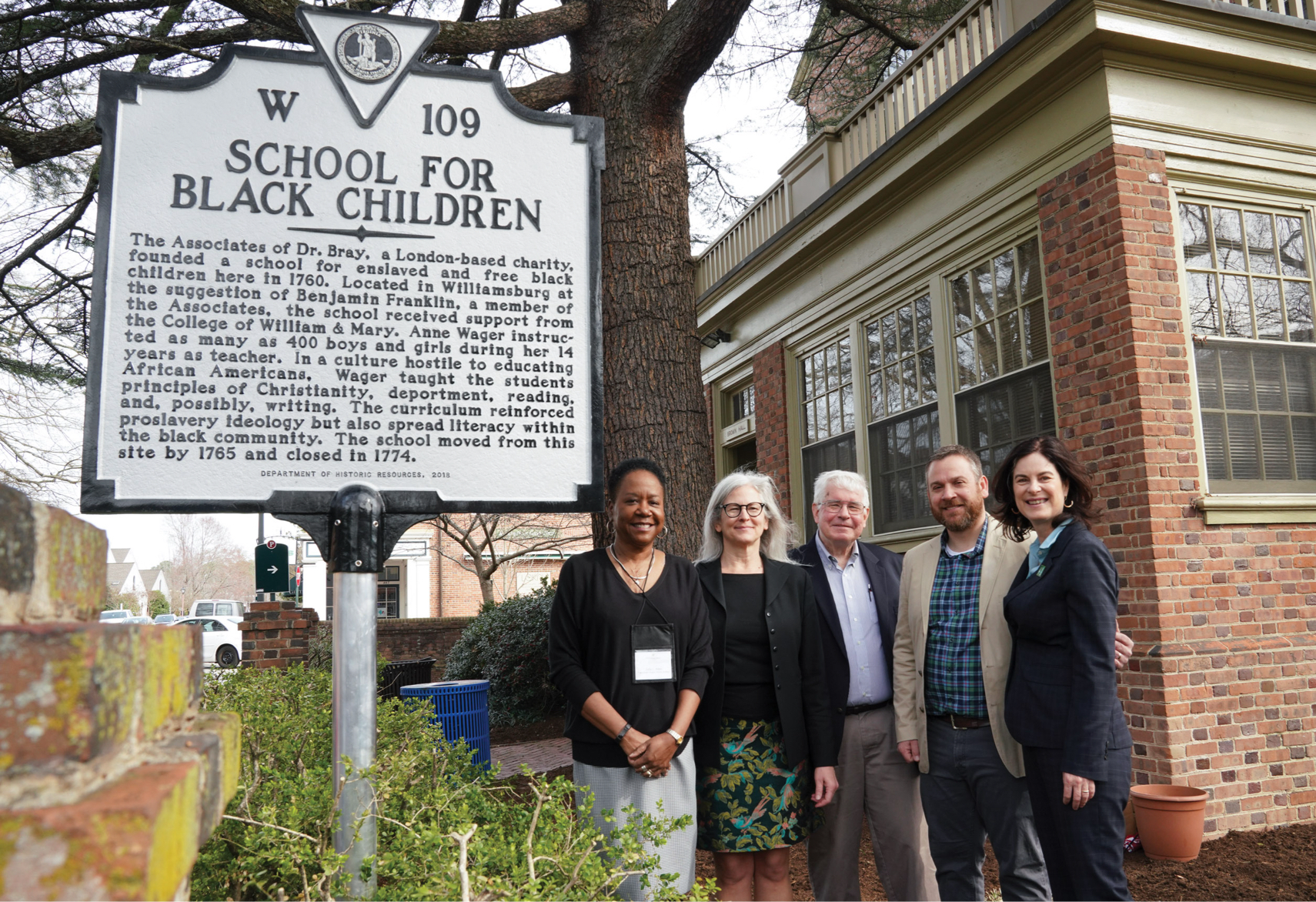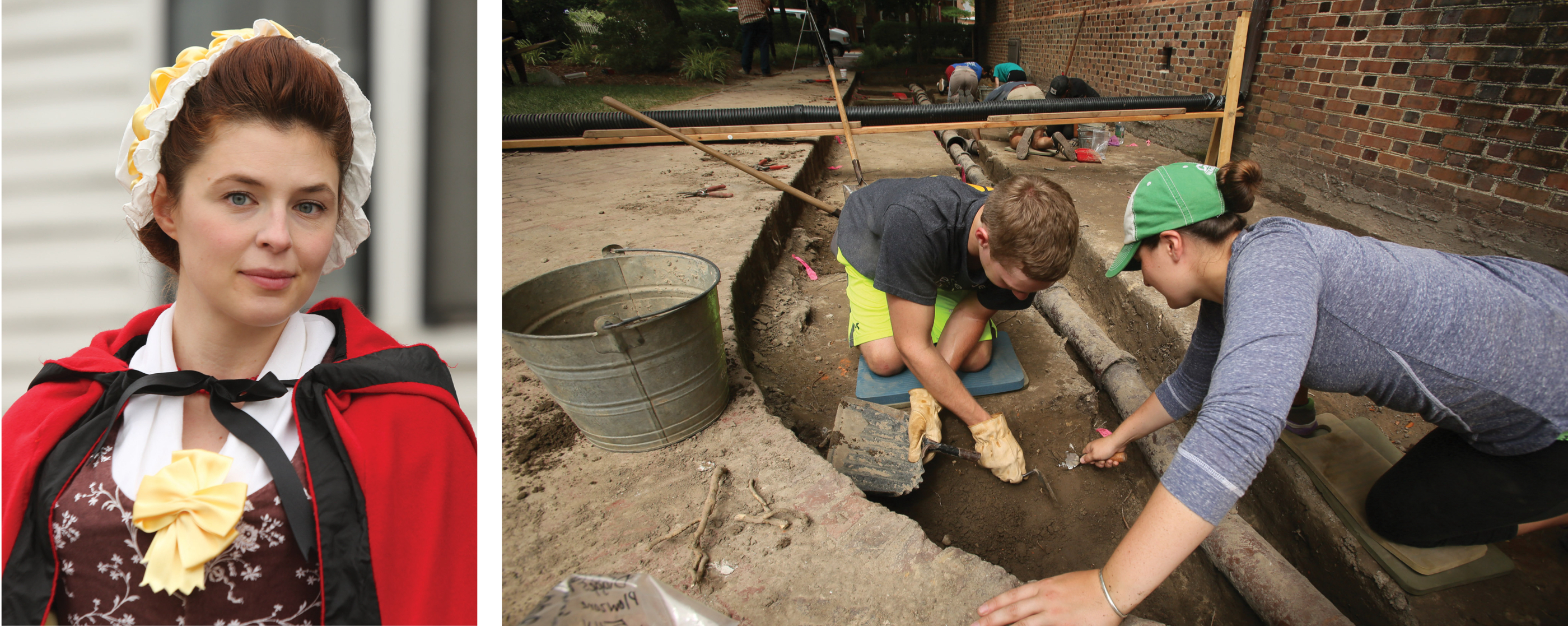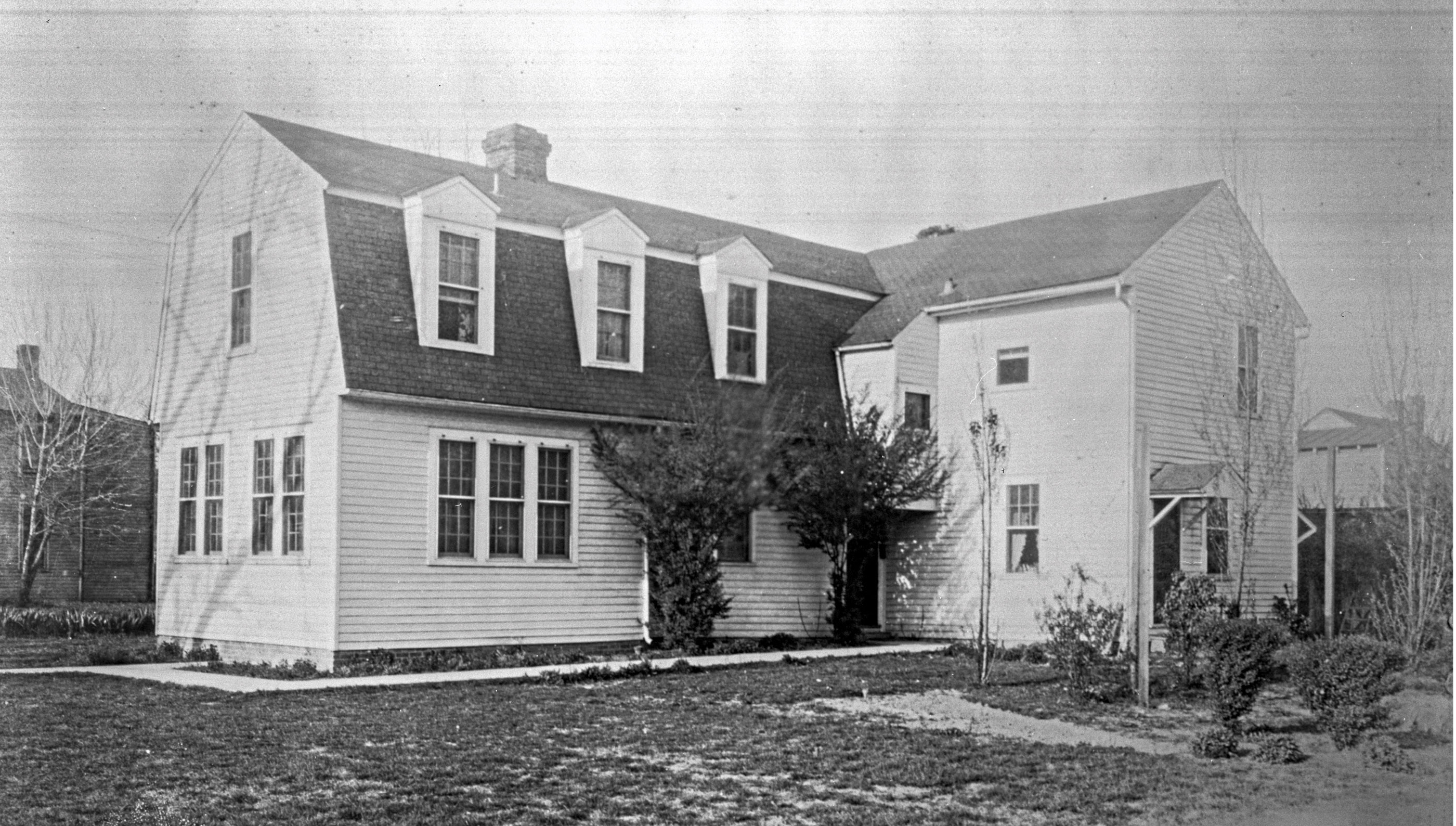A small white building that sits tucked away on the William & Mary campus once held an 18th-century school dedicated to the religious education of enslaved and free Black children, researchers have determined.
Now, the university and its neighbor, the Colonial Williamsburg Foundation, are working together to ensure future generations learn about the history of the building and the stories of those who were part of it.
William & Mary and Colonial Williamsburg have forged a partnership regarding the future use of the building, now known as the Bray-Digges House, likely the oldest extant building in the U.S. dedicated to the education of Black children. The agreement calls for relocation of the structure to Colonial Williamsburg’s Historic Area, where it would become the 89th original structure restored by the foundation.
No date has been set for the relocation of the Bray-Digges building, and Colonial Williamsburg and William & Mary are considering a number of potential sites. The building has been known as Prince George House and most recently used as offices for William & Mary’s Department of Military Science, which has been relocated.


